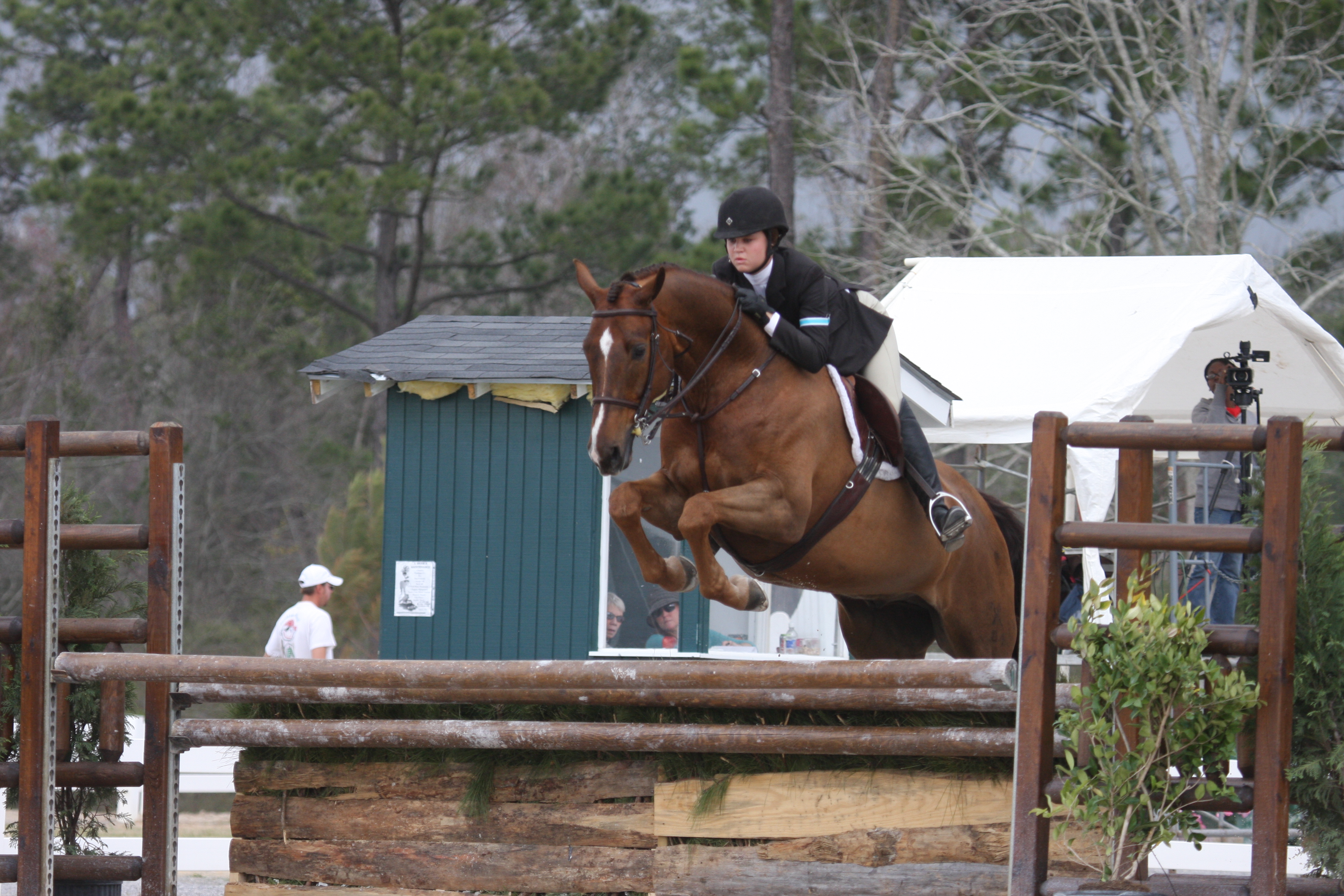Most warmblood breeds are named after their region of origin, and the Hanoverian is no exception. This majestic breed originates in Lower Saxony, which is now part of northern Germany but was once the kingdom of Hannover. Hence the name.
The Hanoverian, however, isn't an ancient breed. In 1714, King George I of England (who was the original elector of Hannover) decided to send several English Thoroughbreds to Hannover in an attempt to refine the native stock in that region. His son (George II) wanted to supply the military with top cavalry mounts and create the perfect working horse for the local farms. To do so, he created a state stud at Celle in 1735. At first, he used black Holsteiners, but eventually Thoroughbreds were added to the breeding program. And thus the Hanoverian was born.
The original station in Celle is still the center of the Hanoverian breeding program. Many of the best examples of this prime eventing breed come straight from Celle, and all true Hanoverians can trace their lineage back to this first stallion station.
The Hanoverian can stand between 15.3 to 17 hands high. Acceptable colors include bay, black, brown, chestnut, and gray. The Hanoverian is purely a sporting horse, so the conformation of the haunches is of the upmost importance. For this reason, horses that do not conform to the established standards are not bred. In fact, they are typically sterilized to avoid accidental breedings.
This breed has powerful hindquarters, but also possesses the grace necessary to compete in dressage. They can really move, typically covering ground with a spring in their step. The movement is full of grace, power, and impulsion, giving them an aptitude for jumping. They can also be used for farm work or employed as trail horses. In short, they are versatile enough to suit most purposes and beautiful enough to attract just about anyone.
Many of these stunning horses can be found competing and winning in dressage, jumping, eventing, and combined driving. They're even seen in the hunter ring. Today, the American Hanoverian Association is primarily involved in their breeding and conservation in North America.

No comments:
Post a Comment